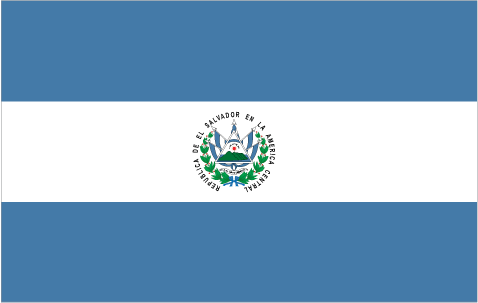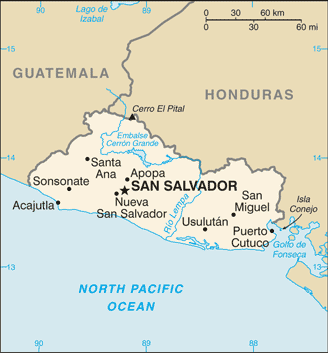Investing in El Salvador


Despite being the smallest country geographically in Central America, El Salvador has the third largest economy in the region. The economy took a hit from the global recession and real GDP contracted by 3.5% in 2009. The economy began a slow recovery in 2010 on the back of improved export and remittances figures. Remittances accounted for 16% of GDP in 2009, and about a third of all households receive these transfers. In 2006 El Salvador was the first country to ratify the Dominican Republic-Central American Free Trade Agreement (CAFTA-DR), which has bolstered the export of processed foods, sugar, and ethanol, and supported investment in the apparel sector amid increased Asian competition and the expiration of the Multi-Fiber Agreement in 2005. El Salvador has promoted an open trade and investment environment, and has embarked on a wave of privatizations extending to telecom, electricity distribution, banking, and pension funds. In late 2006, the government and the Millennium Challenge Corporation signed a five-year, $461 million compact to stimulate economic growth and reduce poverty in the country's northern region, the primary conflict zone during the civil war, through investments in education, public services, enterprise development, and transportation infrastructure. With the adoption of the US dollar as its currency in 2001, El Salvador lost control over monetary policy. Any counter-cyclical policy response to the downturn must be through fiscal policy, which is constrained by legislative requirements for a two-thirds majority to approve any international financing, and by already high levels of debt.
Banco Central de Reserva de El Salvador - http://www.bcr.gob.sv/
El Salvador Consejo Salvodoreno del Cafe (CSC) - http://www.consejocafe.org.sv/
Countries that border El Salvador: Guatemala | Honduras
Learn more:
Back to Country Investing



